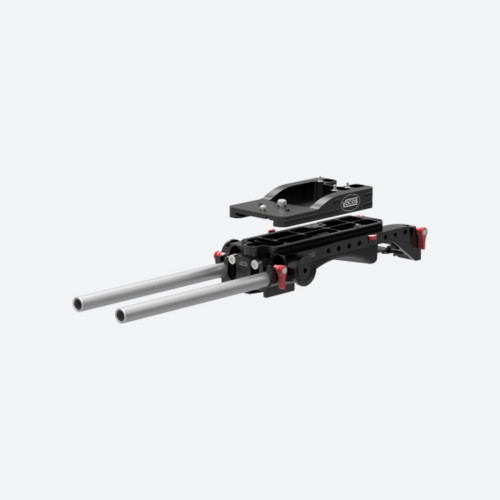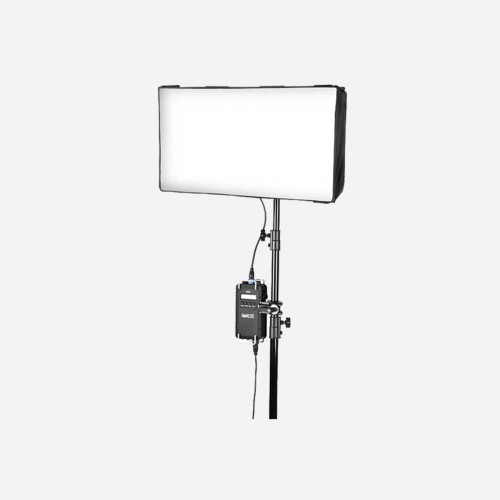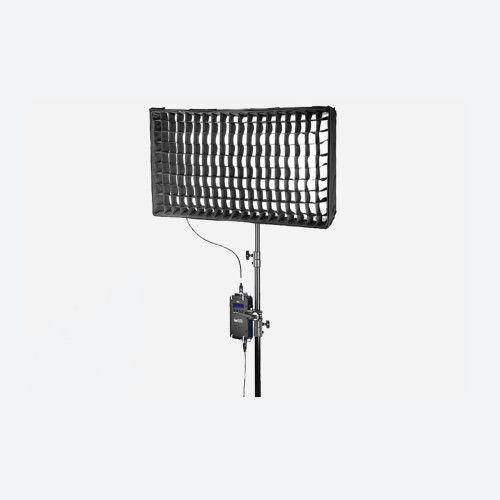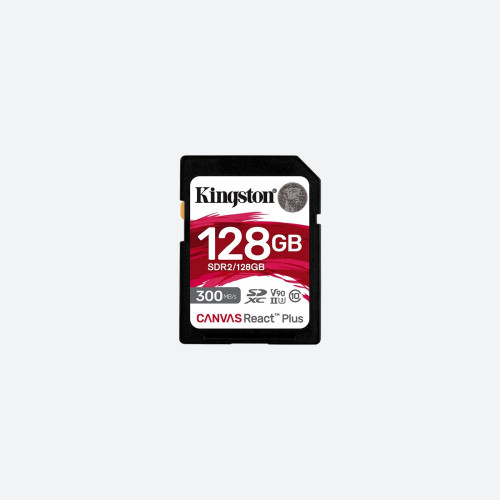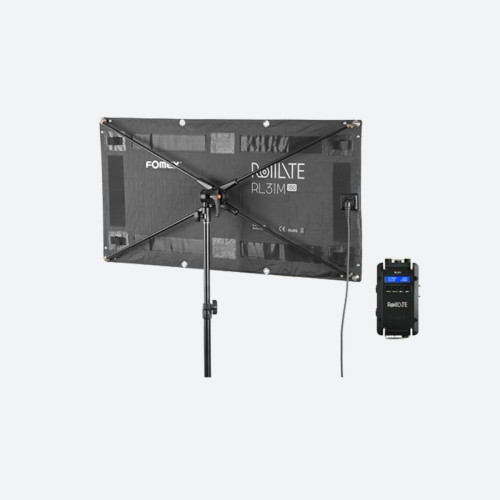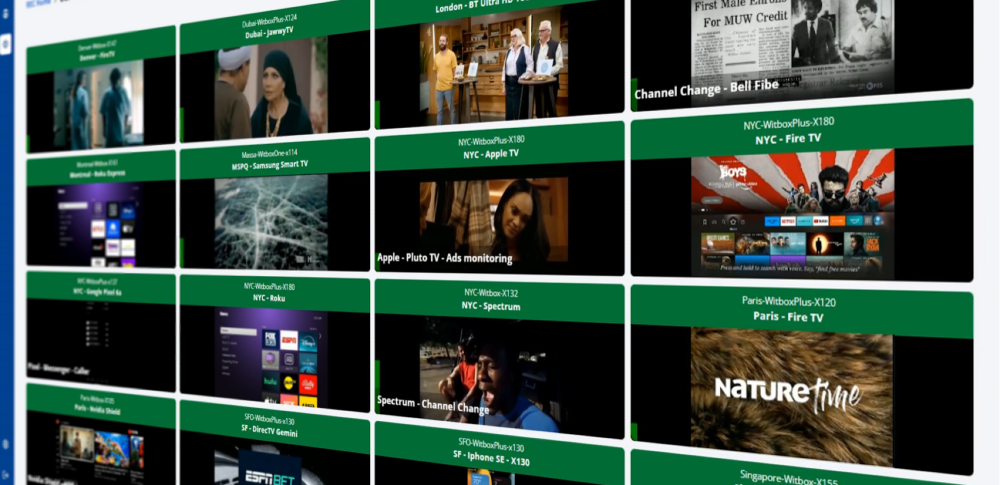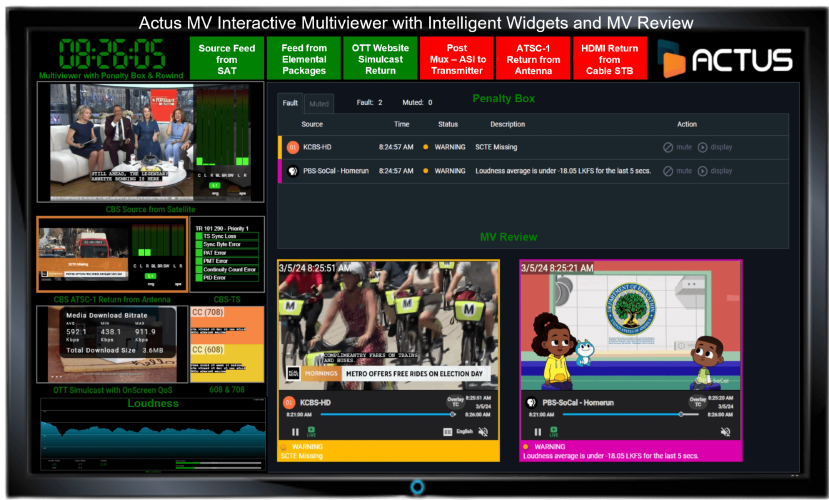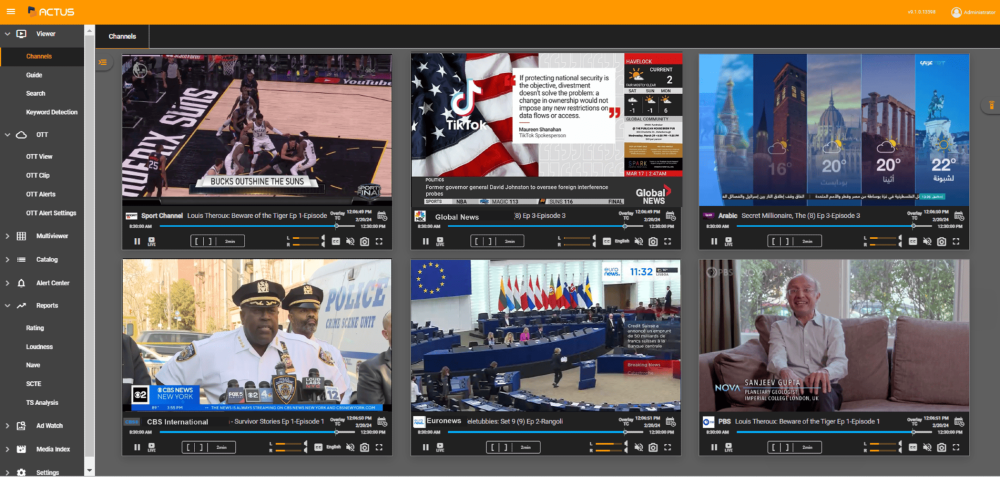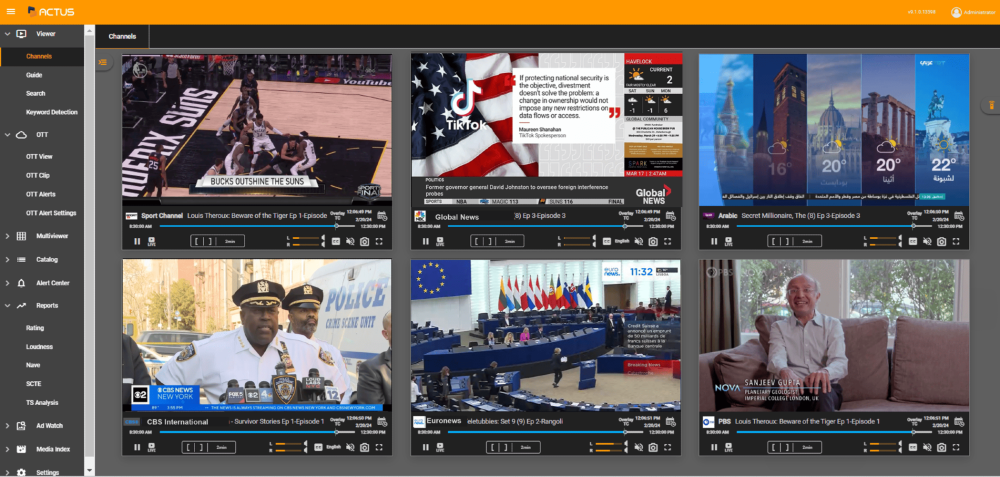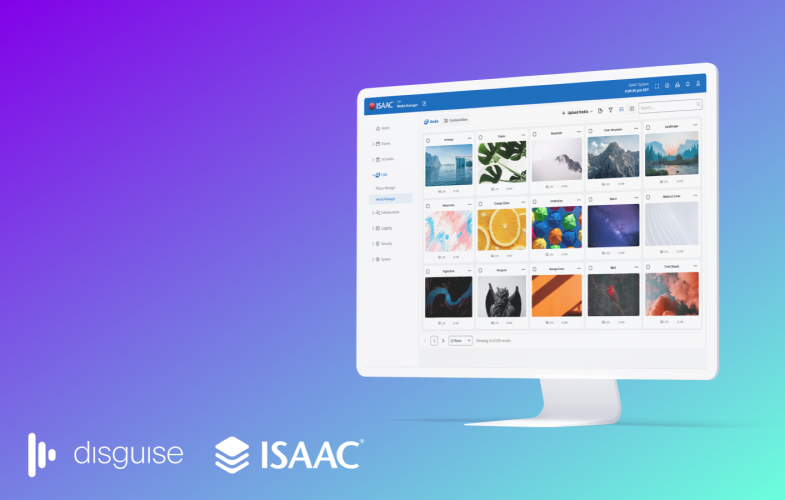Achieving Cost-Effective Monitoring of Critical AV Feeds

Author: Kieron Seth#
Published 1st July 2011
Broadcasters once were able to transmit a signal up on the satellite and worry only about that feed. Now, with the growth and diversification of audio video (A/V) service handoffs, the points at which feeds enter the facility or are sent out to downstream targets such as cable operators, pay-TV services and other service providers, broadcasters have many more feeds to monitor. They also have more factors, such as differing compressing schemes and the presence of interactive elements, to consider and manage as they handle various feeds.
Even as the rising number and complexity of handoffs have made monitoring more challenging, pressure from downstream partners has made it a necessity to monitor the quality of feeds. A growing number of cable operators and other service providers have now equipped themselves to monitor incoming streams, which means that if engineers within the broadcast facility wish to keep finger-pointing to a minimum, they must be able to monitor and demonstrate the integrity of streams leaving the facility.
Because a full-blown system for recording of multiple outgoing feeds traditionally has been considered too costly and complicated a proposition for A/V service handoffs, many broadcasters instead deployed custom placeshifting devices to get a real-time look at those feeds. Indeed, before those feeds became a critical part of the broadcaster’s business model, the costs of recording multiple feeds for quality purposes simply exceeded the benefits.
While placeshifting proved to be a very economical solution for simple visual monitoring and for confirming a current issue or outage, it didn’t give broadcasters the means to capture and review the archived history of a feed. As a result, broadcasters that relied on placeshifting devices had no way to determine if there actually had been a fault — or a chronic recurring issue, for that matter — with an outgoing feed. As the value of those feeds (and associated contracts) has grown, broadcasters’ inability to quickly review, analyze and validate them has become a significant problem. Any query from a downstream operator, whether valid or not, could result in a costly time-consuming process of identifying if, when, where and why a particular fault or error occurred within the broadcast plant.
The increase in regulatory attention to issues such as loudness control brings further ambiguity to the source of faults within a broadcast feed. As viewers complain about audio levels to their providers, who in turn look to the broadcaster, the ability to monitor and maintain a record of loudness at the handoff source becomes even more valuable.
Until recently, broadcasters looking for A/V service handoff monitoring solutions were forced to choose between systems that offered too little functionality or too much and were priced too high for this type of task. Now, however, the Volicon Observer® Scout provides a cost-effective yet powerful alternative ideal for performing quality checks at these handoffs.
Equipped with key functionality taken from Volicon’s award-winning Observer and Observer RPM products, the Observer Scout provides affordable quality-of-experience (QoE)-based content monitoring and records up to three days of SD or HD content. Enabling remote viewing of this recorded video through a Web-based interface, the Observer Scout simplifies troubleshooting not only across the broadcast facility, but also across centralcasting operations that depend on remote monitoring. In addition to facilitating rapid location and examination of specific points within a feed, the Observer Scout allows users to create embedded video clips for email delivery validation to customers and downstream partners.
Additional modular software options that can be added to Observer Scout include - the QoE module; which provides continuous logging of signal faults, thereby providing engineers with the data needed to identify recurring issues within a feed. The Scheduled Recording module, when continuous recording isn’t required, the system’s Scheduled Recording option is ideal for selective recording of specific broadcast channels within designated time periods. And, Volicon’s Elemental Management Services software option gives operators of larger facilities or groups a centralized interface for configuring and managing multiple units.
The Observer Scout is a unique addition to the market, as it is the first monitoring system in its price range to enable 24-7 SD and HD video recording for up to three days, as well as provide content capture and export and support for multiple users via an intuitive Web browser access. As a result, the system can serve as a low-cost, professional-grade replacement for video placeshifting devices, thereby allowing broadcast engineers to reduce the time and cost associated with troubleshooting their A/V service handoffs.




